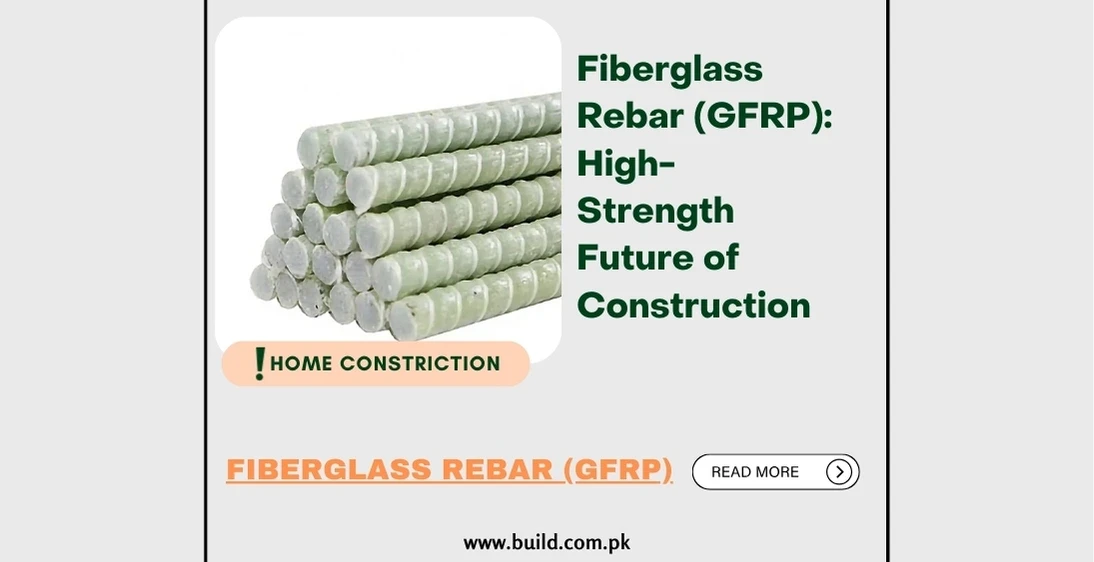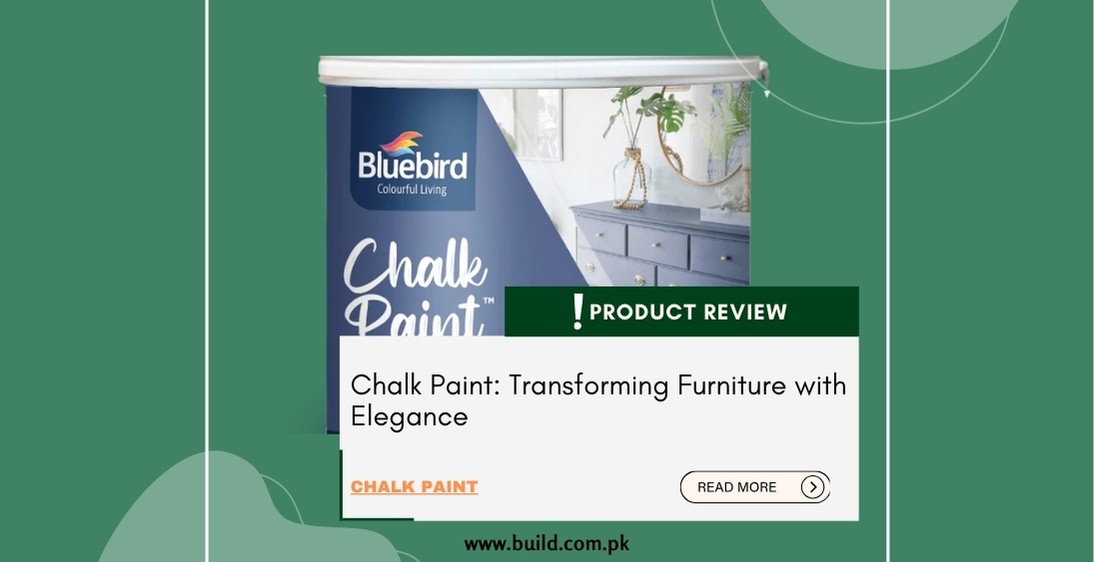Wall Paneling Sheets: Elevating Interiors a professional guide

Introduction:
Wall paneling sheets have emerged as a versatile and
aesthetically pleasing solution for transforming interiors. Whether aiming for
a timeless and classic look or a modern and innovative design, wall paneling
sheets offer a canvas for creative expression. This comprehensive guide
explores the various aspects of wall paneling sheets, from materials and
installation methods to design possibilities and maintenance.
Understanding Wall Paneling Sheets
Materials and Types:
Wall paneling sheets are available in a diverse range of
materials, each offering unique characteristics and visual appeal. Common types
include:
Wood Paneling: Timeless and warm, wood paneling adds a touch
of sophistication. Options range from traditional wood to engineered wood
products.
MDF (Medium Density Fiberboard): MDF panels are
cost-effective and versatile. They can be customized with various finishes and
designs.
PVC (Polyvinyl Chloride): PVC panels are durable,
water-resistant, and suitable for areas prone to moisture. They come in a
variety of textures and patterns.
Metal Panels: Ideal for contemporary designs, metal panels
bring an industrial or modern aesthetic to interiors.
Design Styles:
Wall paneling sheets contribute to the overall design style
of a space. Some popular design styles include:
Traditional Elegance: Classic wood paneling in rich tones
adds a sense of tradition and sophistication.
Modern Minimalism: Sleek and clean-lined panels in neutral
colors align with minimalist design principles.
Rustic Charm: Weathered wood or textured panels can infuse a
space with rustic warmth and character.
Contemporary Flair: Innovative materials and geometric
patterns contribute to a contemporary and dynamic look.

Installation Methods
Full Wall Coverage vs. Accent Panels:
Deciding whether to cover the entire wall or use panels as
accents influences the overall impact. Full wall coverage creates a cohesive
look, while accent panels draw attention to specific areas.
Vertical, Horizontal, or Diagonal Installation:
The orientation of panel installation affects the visual
perception of space. Vertical lines can make ceilings appear higher, horizontal
lines can widen a room, and diagonal installations add dynamic interest.
DIY vs. Professional Installation:
While some wall paneling sheets are designed for DIY
installation, intricate patterns or large projects may benefit from
professional installation. Proper installation ensures a flawless finish and
longevity.
Design Possibilities
Textures and Patterns:
Wall paneling sheets offer an array of textures and patterns,
allowing for creative expression. From raised textures to intricate patterns,
the design possibilities are vast.
Paintable and Customizable Options:
Some paneling sheets are paintable, providing the flexibility
to match or clontrast with existing decor. Customizable options allow for
personalized designs, creating truly unique interiors.
Integrated Lighting:
Incorporating LED strips or other lighting elements into
paneling sheets can enhance the ambiance of a space. This is particularly
effective for creating focal points or highlighting specific features.
Maintenance and Durability
Cleaning and Care:
The maintenance of wall paneling sheets varies depending on
the material. While wood may require periodic polishing, PVC panels can be
easily wiped clean. Understanding the care requirements ensures longevity.
Durability in High-Traffic Areas:
In high-traffic areas or spaces prone to moisture, selecting
durable materilals is essential. PVC, metal, or moisture-resistant MDF panels
are suitable for areas like kitchens and bathrooms.
Cost Considerations
Material Costs:
The cost of wall paneling sheets depends on the material,
design, and brand. Wood panels and intricate designs may be more expensive,
while PVC or MDF panels can offer cost-effective options.
Installation Costs:
Professional installation adds to the overall cost. DIY
options can save on labor expenses, but it's crucial to weigh the complexity of
the project and the need for a flawless finish.
Sustainability
Eco-Friendly Materials:
For environmentally conscious consumers, choosing wall
paneling sheets made from sustainable materials is crucial. Some manufacturers
offer eco-friendly options, contributing to a greener interior.
Lifespan and Longevity:
Investing in high-quality wall paneling sheets with a longer
lifespan reduclles the need for frequent replacements. Durable materials
contribute to the sustainability of the design.
Conclusion:
In conclusion, wall paneling sheets serve as a canvas for
transforming interiors, providing a spectrum of design possibilities and
practical benefits. Whether aiming for a classic, modern, or eclectic look, the
choice of materials, installation methods, and design styles play a crucial
role in achieving the desired aesthetic. By understanding the diverse options
available, homeownerls and designers can embark on a creative journey to elevate
the visual appeal of their living spaces.









